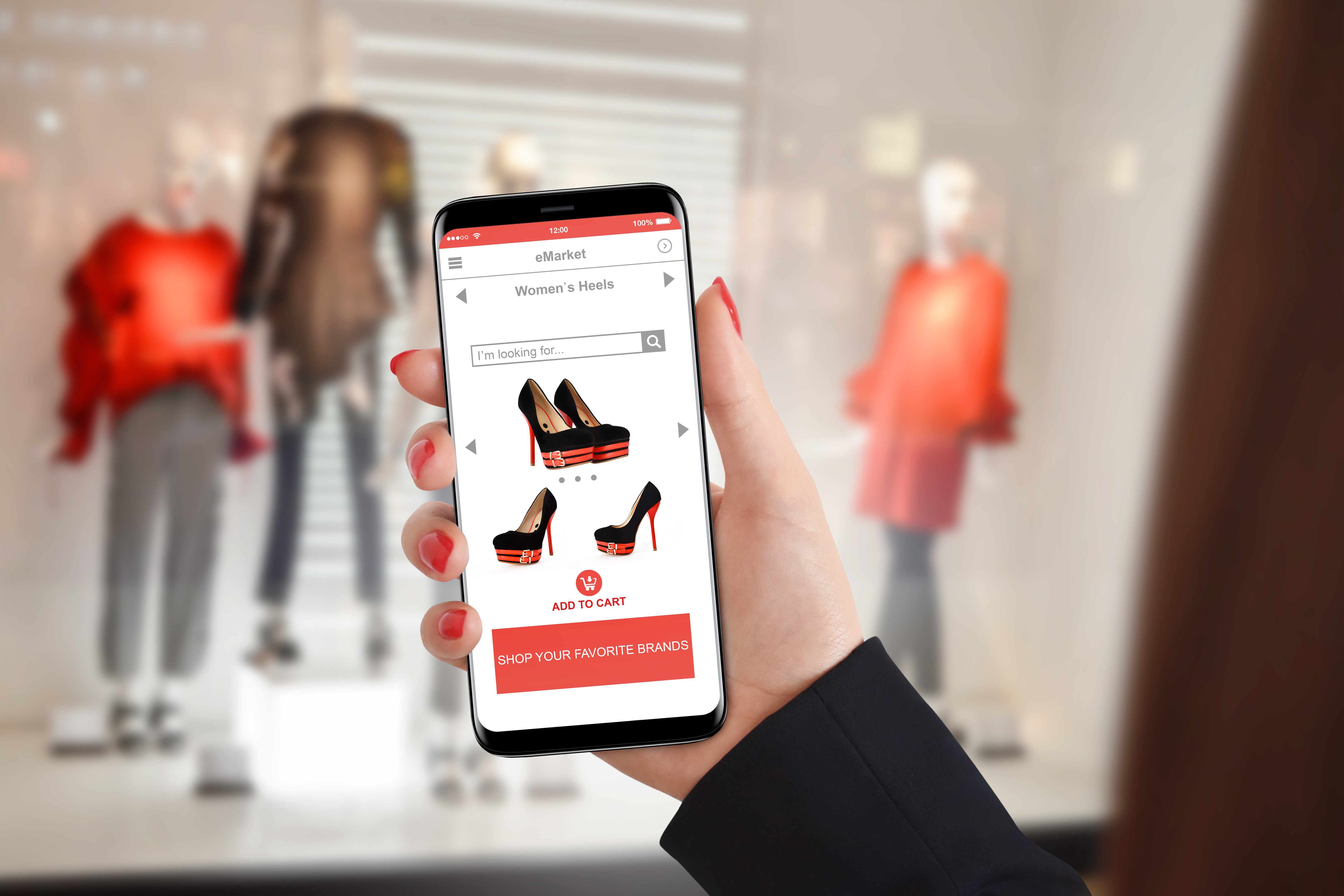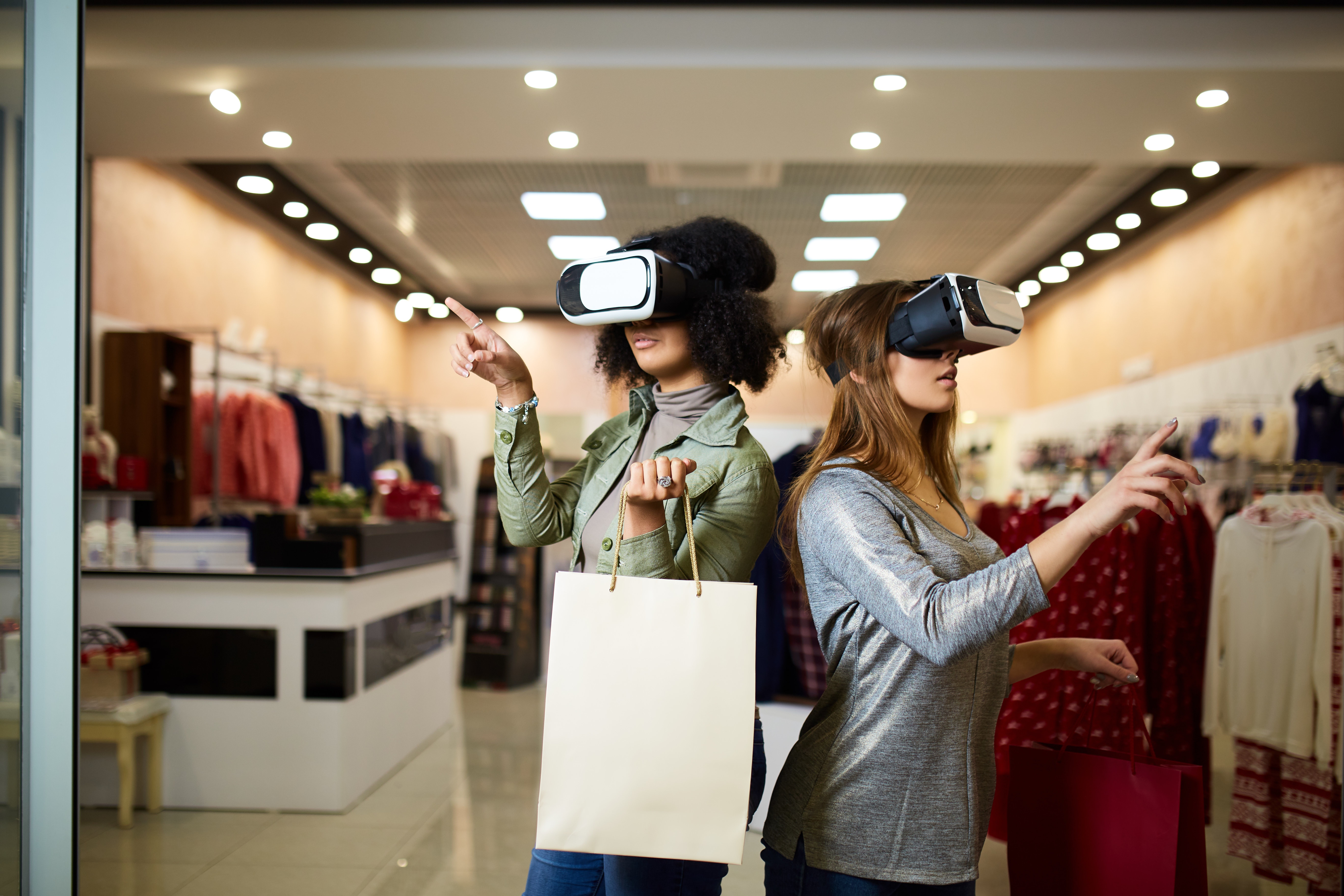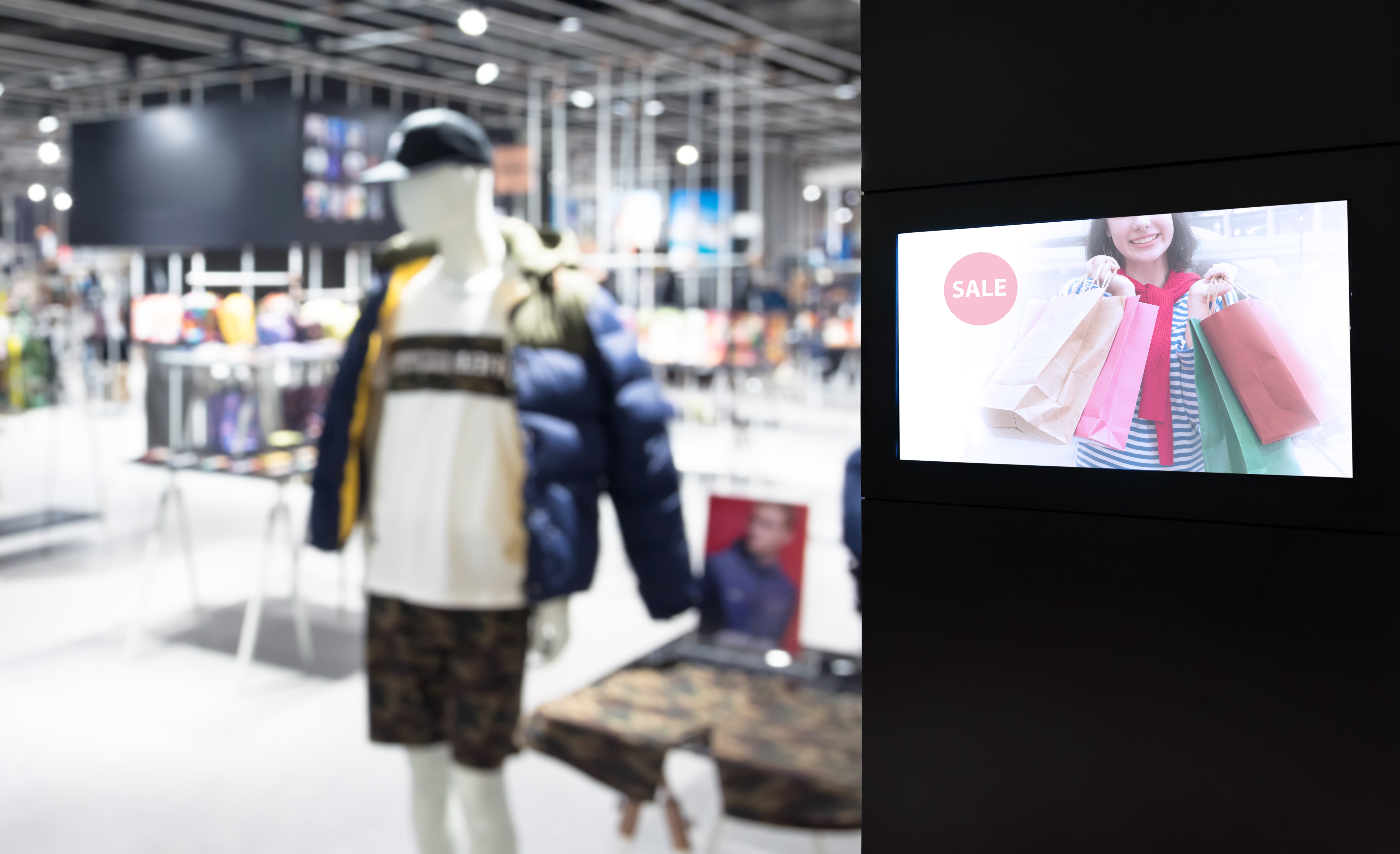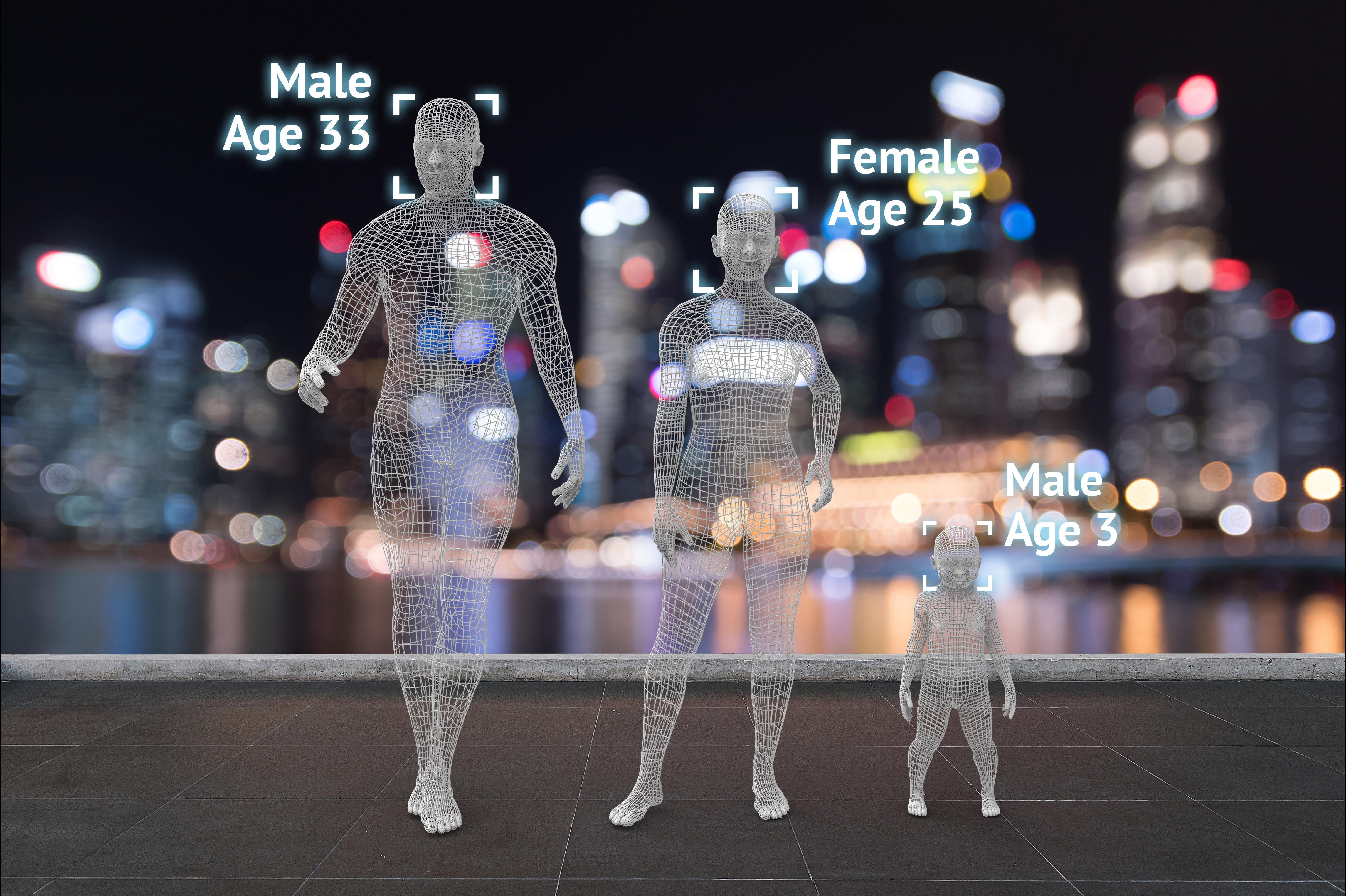Technology in points of sale: which should you use?

Nowadays the introduction of technology in points of sale is a huge opportunity for change and evolution. In 2018 stores, intended as physical places, are undergoing a major digitalization process, driven by the fact that customers increasingly need to build personal relationships with retailers while at the same time they increasingly need to make purchasing experiences that can involve them emotionally.
The biggest challenge for 2.0 retailers is to succeed in introducing the various digital technologies and using them in a way that makes their point of sale interactive and capable of offering personalised purchasing experiences perfectly fitting each customer. Yet, identifying which technology is best suited to a particular point of sale is not always immediate. This is the reason why in this article we tried and suggest future 2.0 stores some of the essential technologies of the digital era.
Why use technology in points of sale?
The real motive when choosing to use technology in points of sale is to create a flow of data, a true and proper exchange - if you want - that can foster a deeper level of interaction between the customer and the context in which the customer happens to be making a purchase.
In other words: Over the next few years, it is very likely that technologies used in the points of sale will be gradually more integrated, allowing for a perfect combination between the actual store and digital channels, in a true and proper omni-channel perspective. Therefore if you want to start bringing innovative alterations to your store and pledge on digitalisation right away, which technologies should you implement to ensure maximum business gains with the least effort possible? Let us see then.

Technology in the retail scene
The main objective is to turn a point of sale in a 2.0 store; i.e. turn a space where traditional furnishings and fittings combine and complement thanks to technological and communication possibilities. The aim is actually twofold:- Increase engagement with customers
- Increase sales inside the store
Can virtual reality be part of technology in points of sale?
The answer is clearly yes. As a matter of fact, virtual reality represents a growing opportunity by the day in terms of experiential marketing. Indeed virtual reality is a technology designed to make users experience unique, emotional moments thanks to the visualisation of parallel realities. This is the reason why virtual reality should nowadays be considered as a integral and essential part of digital marketing innovative strategies, especially in the 2.0 retail universe.
Implementing this technology in points of sale will allow your customers to have shopping experiences that are more and more immersive and personalised. Along this major factor, one should also note that where customers are given this experience, they also make purchases that are increasingly reasoned and customised, whereby they can decide to make a purchase even before they actually buy goods. This way you can get customers to trust your products and in the future, they will feel like returning and making further purchases in your store.
You might be wondering how this is possible. In fact this process is rather simple: it is based on a preliminary layout of the space in the point of sale that makes it possible for virtual reality to precisely fit in with the surroundings, so that customers can view how a product can fit in their homes or their own lifestyles. Thanks to this technology in points of sale, any brand will be able to offer an all-encompassing shopping experience.

When can shop-windows be defined interactive
Shop-windows are like business cards for stores because they create a first element of contact with customers as well as with potential customers and, secondly, because they are the maximum expression of brand identity. Obviously for these and other reasons, shop-windows must capture customers' attention at a glance and also meters and meters away, so as to lead customers closer, first, and then to enter the store and be placed in the condition to proceed with the purchase of some specific goods.
Thanks to the ongoing digital revolution, shop-windows can turn into true and proper interactive windows, i.e. in tools that can increase engagement on customers' part, even before they actually set foot in the store. Modern consumers feel the need to have playful, fun purchasing experiences and implementing a store with an interactive window display allows you to meet this desire for cheerfulness. With interactive shop windows, true sharing opportunities can be created, for instance by taking pictures to post on social networks, and so short fun moments can be mixed to indirect marketing strategies at no extra cost for the shop. Without counting on the fact that this process of sharing through social networks is the first step towards the implementation of those famous integration strategies between online and offline shopping as mentioned before.
What do we mean when we talk of Digital Signage
Interactive store windows and virtual reality are of little use without a good digital signage strategy. What are we talking about? Let us start with the definition.
Digital Signage or dynamic signage is a strategy whereby interactive video screens are installed inside a point of sale. These screens have a very precise purpose: reproducing charts, pictures, audio and video footage with appealing contents so as to attract customers' attention and then lead to purchasing decision making.

Digital Signage has different functions depending on which strategic goals are pursued. The main functions are as follows:
- Educational : when contents focus on informing users about products specifications.
- Promotional: when the list of ongoing promotions is displayed.
- Interactive: when the focus is on the playful aspect of the purchasing experience in order to increase the level of interaction with users.
- Persuasive: when contents leverage customers' emotions.
- Interior design: when the aim is to give the store a more innovative, more digital-oriented image.
Digital Signage is the technology to implement in points of sale when you want to build an efficient strategy based on contents that a strong emotional impact, designed to turn all the people who set foot in the shop for the first time in the point of sale into customers. By offering customers this possibility during their purchasing experience allows the store to remain in customers' mind, and so when customers will feel the need for further purchases, they will return to the store that most recently offered the best shopping experience.
Technology in points of sale for customer profiling
Installing technological systems in a point of sale also means using tools that contribute to creating customer profiling automatically.
To know who enters the store, in terms of age and gender, to know how customers move round the point of sale, which shelves appeal more, how long customers remain in the store and which goods are more often selected or preferred means you can elaborate sales and display strategies that are increasingly targeted and customised.

By using sensors and the right platforms, you can collect all this data and convert it into major strategies to increase sales inside the store. This is because knowing your customer type, by way of profiling through cross-referencing all the online and offline collected data, can allow any 2.0 store to follow customers through the entire purchasing process, therefore also improving customer experience.
Conclusions
After analysing modern-day retail stores, we have found that installing technology in points of sale has become essential for all those stores that wish to increase customer engagement and sales as a consequence. We have also shared a list of possibilities offered by new technologies and given some advice to anyone interested in entering the 2.0 retail universe. All that is now left to do is implementing these strategies to turn your store into the perfect store of the digital era.
 previous news
previous news





